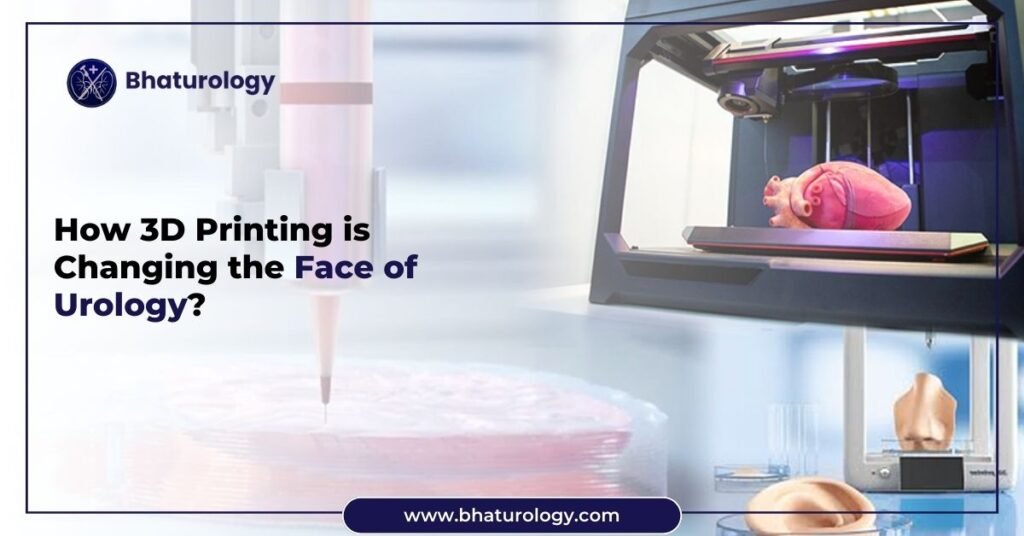3D printing technology has revolutionized various industries, and urology is no exception. From surgical planning to tissue engineering, 3D printing transforms how urological conditions are diagnosed, treated, and managed. In this comprehensive guide, we’ll explore the various applications of 3D printing in urology and its impact on patient care and outcomes.
1. Surgical planning
One of the most significant advantages of 3D printing in urology is its ability to facilitate precise surgical planning. Surgeons can use patient-specific 3D models generated from imaging data to visualize complex anatomical structures and plan surgical approaches with greater accuracy. This technology enables surgeons to anticipate potential challenges and optimize surgical outcomes, ultimately enhancing patient safety and reducing operational time.
2. Education
3D printing has emerged as a valuable educational tool in urology, allowing medical students, residents, and practicing urologists to gain hands-on experience with anatomical models and surgical simulations. By replicating patient-specific anatomy, 3D-printed models provide a tangible learning resource for understanding complex urological conditions and mastering surgical techniques. This immersive educational approach can improve trainee confidence and proficiency, improving patient care.
3. Prosthetics and Implants
3D printing offers unprecedented flexibility in designing and fabricating custom prosthetics and implants for urological applications. From penile implants to urethral stents, 3D printing enables the creation of patient-specific devices tailored to individual anatomical requirements. This customization enhances device compatibility, functionality, and patient comfort, improving patient treatment outcomes and quality of life.
4. Kidney stone management
In kidney stone management, 3D printing revolutionizes treatment planning and surgical interventions. Surgeons can use 3D-printed models of the urinary tract to simulate stone removal procedures and optimize surgical strategies. Additionally, 3D printing allows for the fabrication of customized ureteral stents and endoscopic tools tailored to the patient’s unique anatomy, improving treatment efficacy and reducing complications.
5. Radiation therapy planning
3D printing plays a crucial role in treatment planning and delivery for patients undergoing radiation therapy for urological cancers. By generating patient-specific anatomical models, radiation oncologists can accurately delineate tumour boundaries and critical structures, such as the bladder and rectum, to optimize radiation dose distribution and minimize radiation exposure to healthy tissues. This personalized approach enhances treatment precision and reduces the risk of treatment-related side effects.
6. Tissue engineering
In the realm of tissue engineering, 3D printing holds promise for the development of regenerative therapies for urological conditions. Researchers are exploring using 3D-printed scaffolds seeded with patient-derived cells to regenerate damaged urological tissues, such as the urethra, bladder, and kidneys. This innovative approach can revolutionize the treatment of congenital anomalies, traumatic injuries, and degenerative diseases affecting the urinary system, offering new hope for patients with complex urological conditions.
Conclusion
3D printing is revolutionizing the field of urology by enabling personalized treatment approaches, enhancing surgical precision, and advancing regenerative therapies for patients seeking urology doctor in Jaipur; integrating 3D printing technology into clinical practice promises improved outcomes and enhanced quality of care. Consult with Dr. Mahakshit Bhat, who utilizes 3D printing technology to explore personalized treatment options tailored to your unique needs and preferences.



